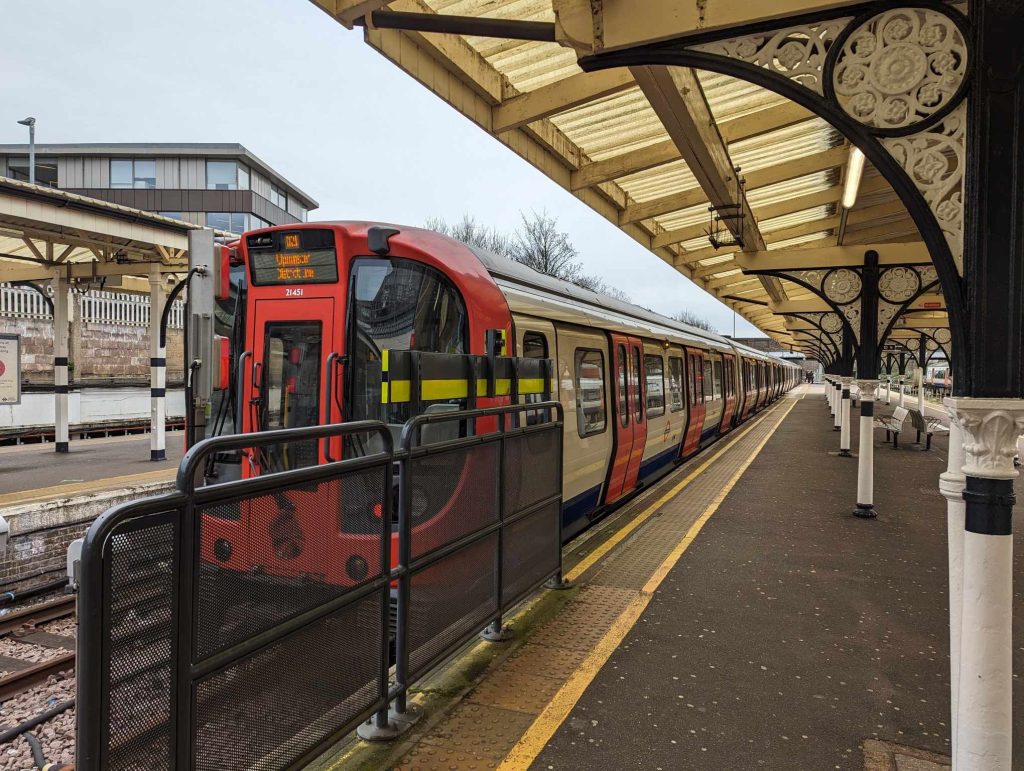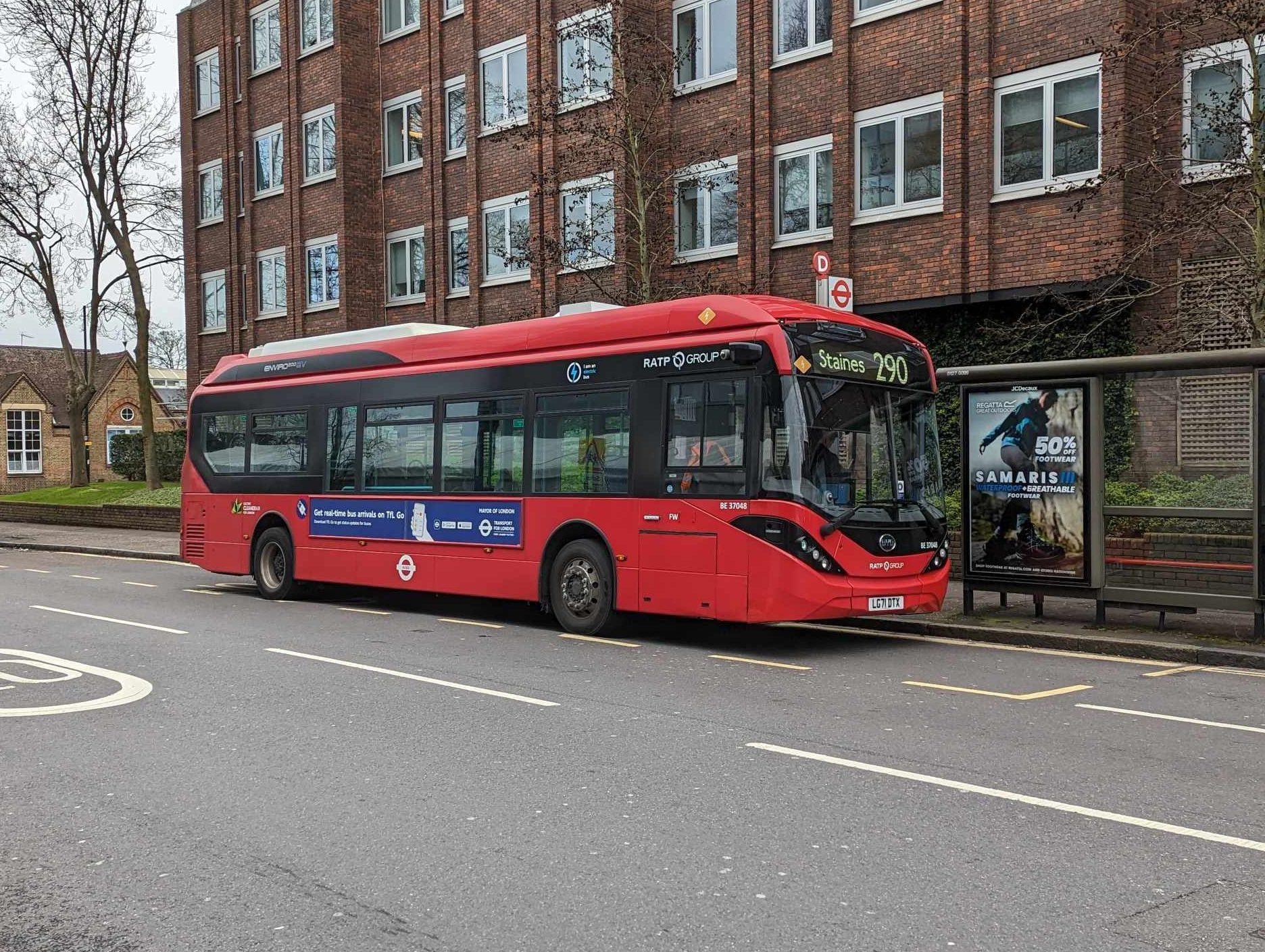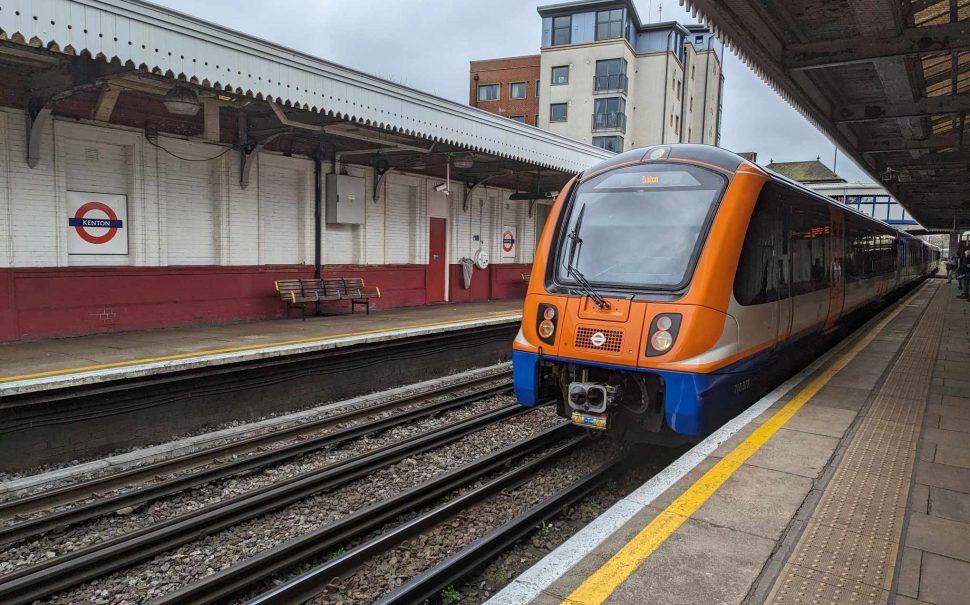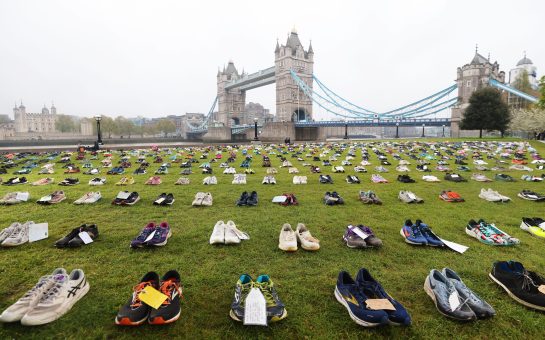The number of journeys being taken on Transport for London services is still half a billion a year down on pre-pandemic levels, projections from TfL data suggest.
The number of journeys taken on TfL services during the 2023/24 financial year are projected to be 3.54bn, significantly short of the four billion for the 2018/19 financial year, the last year uninterrupted by the COVID-19 pandemic.
However, whilst numbers are still lower than before the pandemic, journey numbers are gradually increasing after dropping to as low as 1.29bn in 2020/21.
London travel expert Tom Rees claims that the main reason for journey numbers not bouncing back to pre-pandemic levels is the rising trend of people working from home.
He said: “You’ve got the cost of living crisis, you’ve got inflation, and you’ve got fares that are higher now than they were a few years ago.
“I feel like when the fares rise and you still have the option to work from home, it just makes you more likely to want to do that.”
Before the COVID-19 pandemic, only one in eight people in the UK worked from home, however that proportion grew to as high as 40% in 2023.
Summer is a marketing intern who works from home up to three days per week.
She said: “I guess a typical Monday to Friday office worker would use the tube or the TfL network about two hours every day, whereas I’m only doing that twice a week so that’s significantly less than your average worker.
“Obviously I use it on the weekends and in my free time but nowhere near as much as I would be if I was a regular office worker.”

Careers Coach Alice Stapleton thinks working from home has played a huge role in the reduction in TfL journeys, noting that employees have felt more empowered to ask for home-working arrangements.
She said: “Both companies and employees alike realised the vast benefits of home-working, which has meant the trend has continued long after the pandemic.
“The pandemic proved that flexible working arrangements, specifically working from home, did not impact productivity, profit, or effectiveness in most instances, so employees now know it would be hard for companies to turn down work from home requests.
“Employees realised that there was perhaps little point spending hours commuting to an office, when they could be just as, or perhaps even more, productive working from home.
“It also meant they’re saving money at the same time by not having to commute and not needing to live as close to the office, therefore saving on rent, which is a bonus in a cost of living crisis.”
As a result of the rising trend of home-working, fewer, generally higher-paid, white-collar workers are using TfL services.
This has worried Rees who is concerned about who will foot the bill for the upkeep of the network.
He said: “Where it falls upon people who can’t work from home to be consistently using the transport system, then actually more of the financial burden falls upon some of the less well paid.
“It’s almost like a windfall or a pay rise of sorts for people who don’t have to go into the office anymore, or who can go in less, and that is not available for some less well paid people.
“Obviously these are all hugely sweeping generalisations, and there are plenty of people that will have different experiences, but I think it becomes more of a problem the more that the transport system in general is reliant upon fares.”
One trend that has stabilised in the last year is the percentage of journeys taken by buses compared to the tube.
Bus journeys held up more during the pandemic and peaked as a proportion of the total, with more than two-thirds of journeys being taken on the bus, however that number has sharply dropped in 2023/24 to just over half.
The current proportion has fallen from its pandemic peak to even lower than the 55.5% recorded before the first lockdown, equating to a total of over 350m fewer journeys.
It should be noted, however, that the proportion of journeys being taken on the London bus network was gradually decreasing before the pandemic and that has continued post-COVID.

On the other hand, London Underground services fell sharply during the COVID-19 pandemic, plummeting to as low as 22.9% in the 2020/21 financial year compared to 34.6% before the pandemic hit.
Just 296.1m people used the tube in 2019/20, the year hit hardest by the pandemic, making that period by far the lowest in terms of the number of people using the service.
However, since the pandemic, the proportion of people using the tube to travel across London is projected to rebound to 33.2%, still marginally lower than prior to the pandemic.
In addition to working from home, one other possible reason for TfL journeys not recovering to pre-pandemic levels is the quality of service provided.
Speaking about the London bus network, Summer said: “I’d say buses are quite poor for my experience, it’s a bit of a postcode lottery.”
On the London Underground, however, Rees says that the reduction in the number of people using the service could be a blessing in disguise.
He said: “We all experienced the tube pre-pandemic and it actually operated over capacity in many ways with everybody getting shoved into each other.
“So in some ways maybe the lower usage is actually a fairer reflection of its capacity.”
If numbers do continue to grow at their current rate since the pandemic then inevitable questions will be asked about how many passenger journeys TfL services can really cope with.
A spokesperson for the Mayor of London, said: “Following the collapse in ridership on public transport seen in London during the COVID-19 pandemic, ridership has now recovered to 90 percent of pre-pandemic levels across all services.
“Midweek tube ridership is at 80-85 percent across the day and continuing to grow.
“The Mayor is doing everything in his power to continue increasing ridership and keep London roaring back after the pandemic.
“This includes freezing fares for the fifth time from March, introducing a landmark off-peak Friday fares trial, and introducing the Hopper bus fare, making transport more affordable for millions of Londoners.
“As we continue to build a better, more prosperous city for all Londoners, making public transport more affordable and appealing for everyone is a key part of the Mayor’s plan.”





